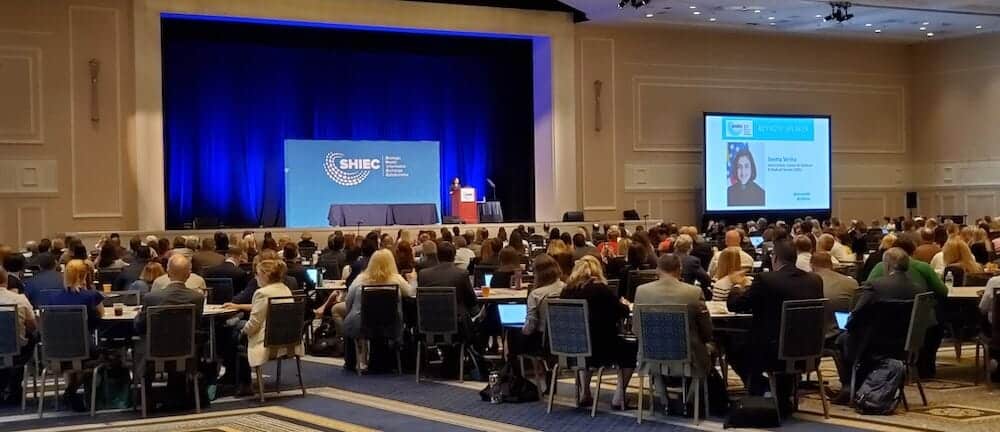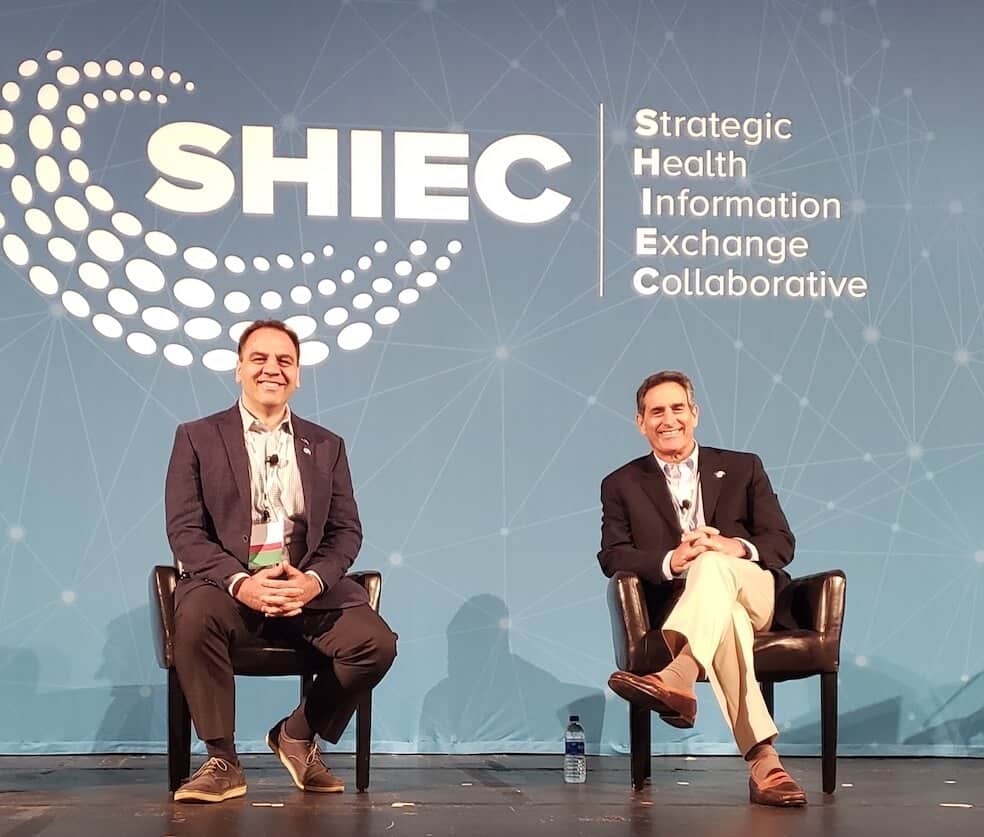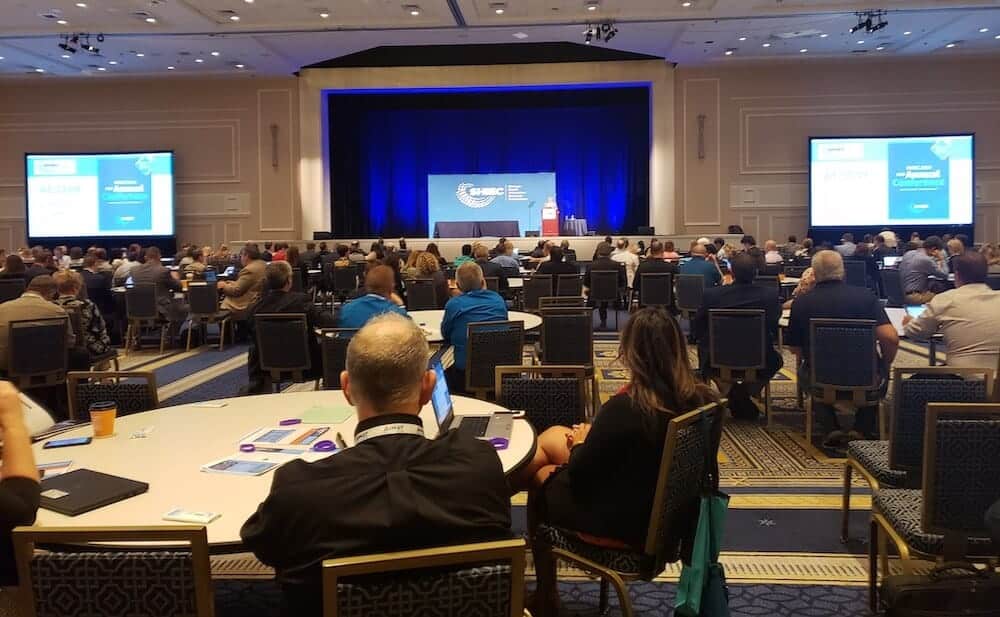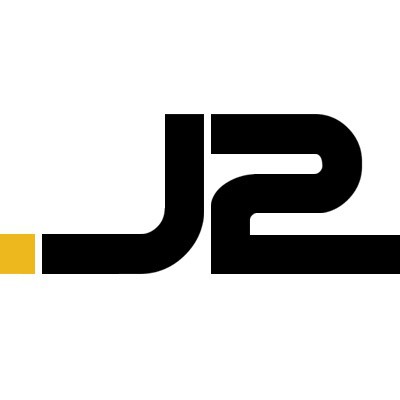
Attendees at this year’s annual Strategic Health Information Exchange Collaborative (SHIEC) conference experienced a high-energy event filled with excellent case studies, discussions, and thought leadership. The annual conference has grown rapidly over the past few years. This year, SHIEC hosted over 600 HIE industry professionals at the Gaylord National Resort and Convention Center in National Harbor, Maryland.
Beyond the Medical Record
The event began with a keynote address by CMS Administrator Seema Verma, who emphasized the need for the HIE community to invest in APIs and to extend the democratization of healthcare data by accelerating the shift to put control over that data into the hands of patients. According to Administrator Verma, patients should have the ability to control where their health information is shared, including for such purposes as research.
FHIR-based technology featured prominently in the federal government’s plans, as did the concept of “Community Information Exchange” — a move to more broadly include community-sourced data in HIE data repositories and transaction pathways to augment the more traditional clinical data contributed by the hospital and provider community.
Most HIEs have built their networks on clinical and demographic data from ADT messages and CCD/C-CDA documents. ONC and the HIE community are now committed to looking beyond these data sources to include data captured in a variety of other settings.
Presenters throughout the conference spoke frequently about the need for HIEs to acquire, integrate, and develop revenue-generating products derived from the sum of existing clinical data from medical records, community- and care team-sourced social determinants of health (SDOH) data, and claims data from payers.
While medical record data focuses on a patient’s medical history and can provide real-time awareness about patients’ use of health care services, social determinants of health data can help to provide insight for providers and care team members about a patient’s likelihood of following through on care plans, taking prescribed medications, and other important aspects of clinicians’ and support professionals’ attempts to influence patient behavior, motivation, and the types of services they might need.
In her keynote, Administrator Verma discussed the value of SDOH and community-sourced data to clinicians in terms of helping care teams address social, economic, or lifestyle barriers to care before and after medical appointments so that the time clinicians spend with patients is optimized and focused on working at top of license.
Sustainability for HIEs

Speakers and panelists reminded attendees of HIEs’ unique ability as data aggregators to differentiate themselves from national exchange frameworks by focusing on delivering local value that is difficult for broad-based exchange technologies to understand and deliver.
For example, some communities and payers are leveraging their HIEs to understand the geographic distribution of their residents and members in order to tailor services to nuanced needs of sub-populations for which certain stakeholders are willing to pay. Examples ranged from designing outreach programs to help patients with greater financial challenges earlier in their care journey, to lining up services to better meet the needs of pockets of geographic areas with higher than average rates of certain ambulatory care sensitive conditions.
Such programs can be funded through partnerships with providers, payers, state governments with specialized funding opportunities, and partnering with care team programs that are well-funded to achieve specific outcomes in designated communities.
The HIE community was clear in its overarching direction to begin to move beyond basic brokering of clinical and demographic data toward embracing the challenges of inventing new, standard forms of data to solve patient care problems. More than anything, HIEs must spend the next year working through the difficult task of defining, sourcing, capturing, transacting, synergizing, and visualizing community-sourced healthcare information.
The first leg of this journey for most might not include fully working that new data into combined value-add AI-based insights, but for some, this is the imperative. For most HIEs, simply finding (and funding) ways to successfully pilot SDOH, claims-based, and community-sourced data projects will make up the bulk of the investment in the immediate future. Longer-term, HIEs might look to national standards bodies for the next phase of data source evolution, which will be to set and enforce normalization rules for new and emerging data sources to enable national use and portability.
At SHIEC 2019, HIE leaders talked about payer partnerships being one of the first places other HIEs might look to take action. Claims data, while suffering from a significant lag factor, comes from payers who are both eager to gain access to HIE data and generally well-funded. This might be a financially stabilizing place to start.

While claims data does not provide real-time alerts and insight, it does provide valuable insights into patterns over time and space. Unfortunately, few organizations have fully integrated claims data into existing clinical and demographic data, but many are talking about their plans to do just that.
Today, for those that do bring in claims data, the analytics applied to it generally remain isolated to the claims data itself. This is expected to change over the coming years as innovative HIE teams find creative ways to tie claims data summary patterns into patient-specific data visualizations, alerting, and clinical decision support displays.
Discussions among participants and with presenters yielded interesting value-add and revenue-generating ideas worth considering. For example, in one session, an attendee offered the idea of HIEs offering to take on more HIM-related responsibilities for member organizations as an outsourced service. This can include patient matching and duplicate record reconciliation.
The quest for HIEs is to examine their member networks to identify financial, operational, and administrative burdens and expenses that might make sense to consolidate and outsource to an HIE at a regional level. Such solutions could help to anchor HIEs in their respective communities and bolster their image of essentiality. Still, some considerations looming on the horizon must be discussed.
On to the Next
HIEs continue to hope for national standards that could reduce some of the operational burden that continues to consume significant portions of member organization and HIE budgets. Chief among them, mastering patient identity.
For as far as HIEs have come in recent years, foundational standards like patient identity continue to plague accurate, widespread health information exchange. If solved at a national level, HIEs must plan to evolve and adapt to new efficiencies that could, in some cases, threaten emerging business models.
The general sentiment among thought leaders at SHIEC this year was that this dynamic is here to stay. HIEs must continue to push themselves to change, grow, and invent new, more sophisticated ways to generate data products and delivery mechanisms to enhance value, revenue, and staying power.
SHIEC 2019 to SHIEC 2020
As HIE and healthcare leaders roll up their sleeves to put SHIEC 2019 insights into practice, those close to the health information exchange community can plan to set their calendars for SHIEC 2020, which is scheduled to be held August 16-19, 2020 at the Marriott Rivercenter in San Antonio, TX. We look forward to seeing you there.
HIE Solutions From J2 Interactive
 J2 Interactive is an award-winning software development and IT consulting firm with a specialty in customized solutions for HIEs. Read about HIE platform migration.
J2 Interactive is an award-winning software development and IT consulting firm with a specialty in customized solutions for HIEs. Read about HIE platform migration.
We would be happy to have a no obligation discussion about your HIE’s needs with you.


